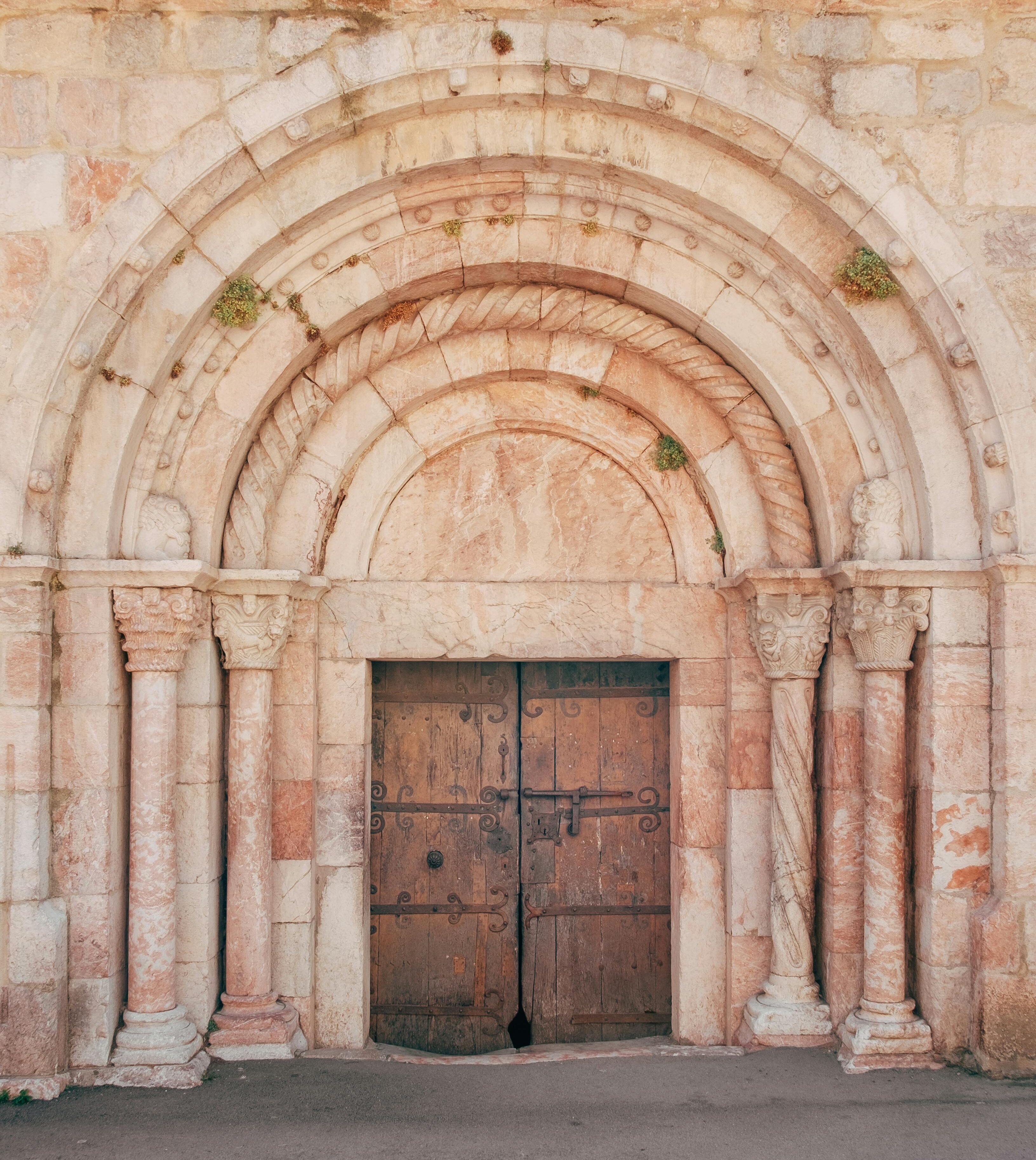The sun rises over the rugged cliffs of Deir el-Bahari, casting a golden hue on the majestic structure that has stood the test of time for thousands of years: Queen Hatshepsut’s Temple. Nestled in the ancient city of Thebes, now modern-day Luxor, this architectural marvel is a testament to the magnificence of Ancient Egyptian civilization and a focal point for contemporary discussions on cultural heritage and conservation.
Constructed over 3,500 years ago, the temple of Queen Hatshepsut serves as a remarkable example of the architectural innovation and aesthetic sensibilities of the New Kingdom period. Queen Hatshepsut, Egypt’s second confirmed female pharaoh, commissioned the temple as part of her ambitious building program, seeking to legitimize her reign and immortalize her legacy. Its unique design, with colonnaded terraces, seamlessly integrated into the landscape, symbolizes the harmony between human creativity and natural beauty. However, the significance of Hatshepsut’s Temple extends beyond its historical and architectural value. It is a cultural beacon that sheds light on the complex narratives of power, gender, and spirituality in ancient Egypt. The temple’s detailed reliefs depict Hatshepsut’s divine birth, her expedition to the Land of Punt, and her relationship with the god Amun, offering a glimpse into the rich tapestry of myth and history.
As one of the most visited archaeological sites in Egypt, Hatshepsut’s Temple attracts scholars, travellers, and enthusiasts eager to unravel its stories. This widespread interest underscores the importance of preserving such monumental heritage sites. Yet, the task of conservation is fraught with challenges. The temple faces threats from natural erosion, tourism pressure, and occasional acts of vandalism, underscoring the necessity for urgent and effective conservation efforts.
Today, a myriad of international collaborations focus on conserving the temple’s grandeur. These efforts involve cutting-edge technologies that range from laser scanning to 3D modelling, allowing experts to meticulously document the site’s intricate details and plan restoration projects without disturbing its delicate structure. Moreover, conservationists are employing eco-friendly materials and methods to ensure that any restoration work aligns with the site’s original aesthetics and historical authenticity.
Community involvement plays a crucial role in these conservation initiatives. Local communities are being educated and engaged in the preservation process, fostering a sense of ownership and guardianship over the temple. Such inclusive strategies highlight the symbiotic relationship between cultural heritage and the people who live alongside it, emphasizing the idea that preserving the past is a collective responsibility.
The conservation of Queen Hatshepsut’s Temple also holds lessons for broader applications in heritage management worldwide; combining traditional knowledge with modern techniques, and blending the input of historians, scientists, and local stakeholders, preservationists are creating a model that balances the integrity of historical sites with the demands of contemporary tourism and development.
As we continue to study and conserve the temple, it not only connects us to the past but also enriches our present understanding of cultural identity and legacy. It reminds us that cultural heritage is about monuments and artifacts, and the stories and values they embody—stories that transcend time and continue to shape our world.
The efforts to conserve Queen Hatshepsut’s Temple underscore the intrinsic value of cultural heritage. As we face the future, it is imperative that we recognize these sites as treasures of collective memory and knowledge, deserving of protection and preservation for generations to come. This approach will ensure that the timeless majesty of Queen Hatshepsut’s temple remains a vibrant part of our shared history, illuminating the paths of those who seek to understand the intricacies of human civilization.





